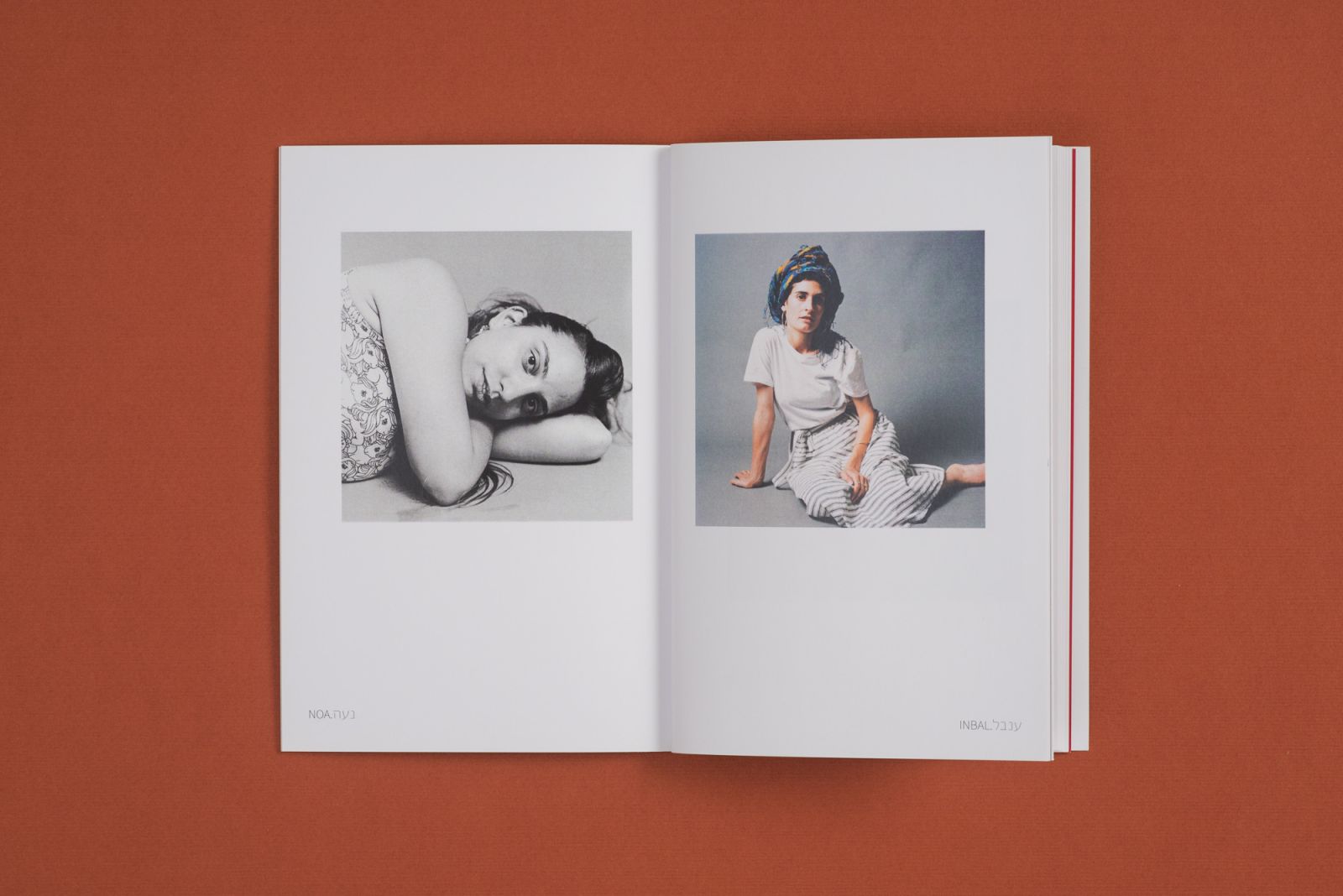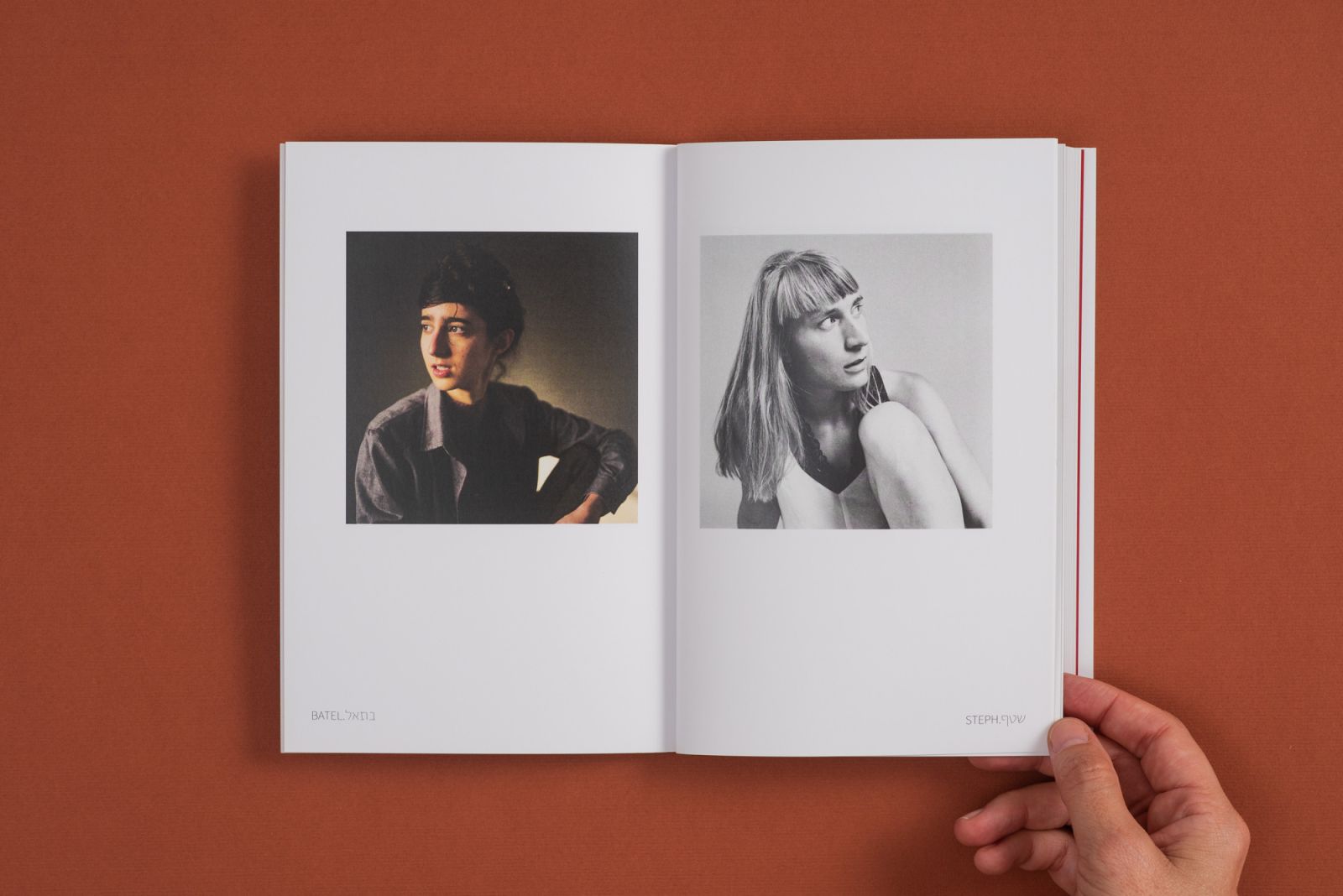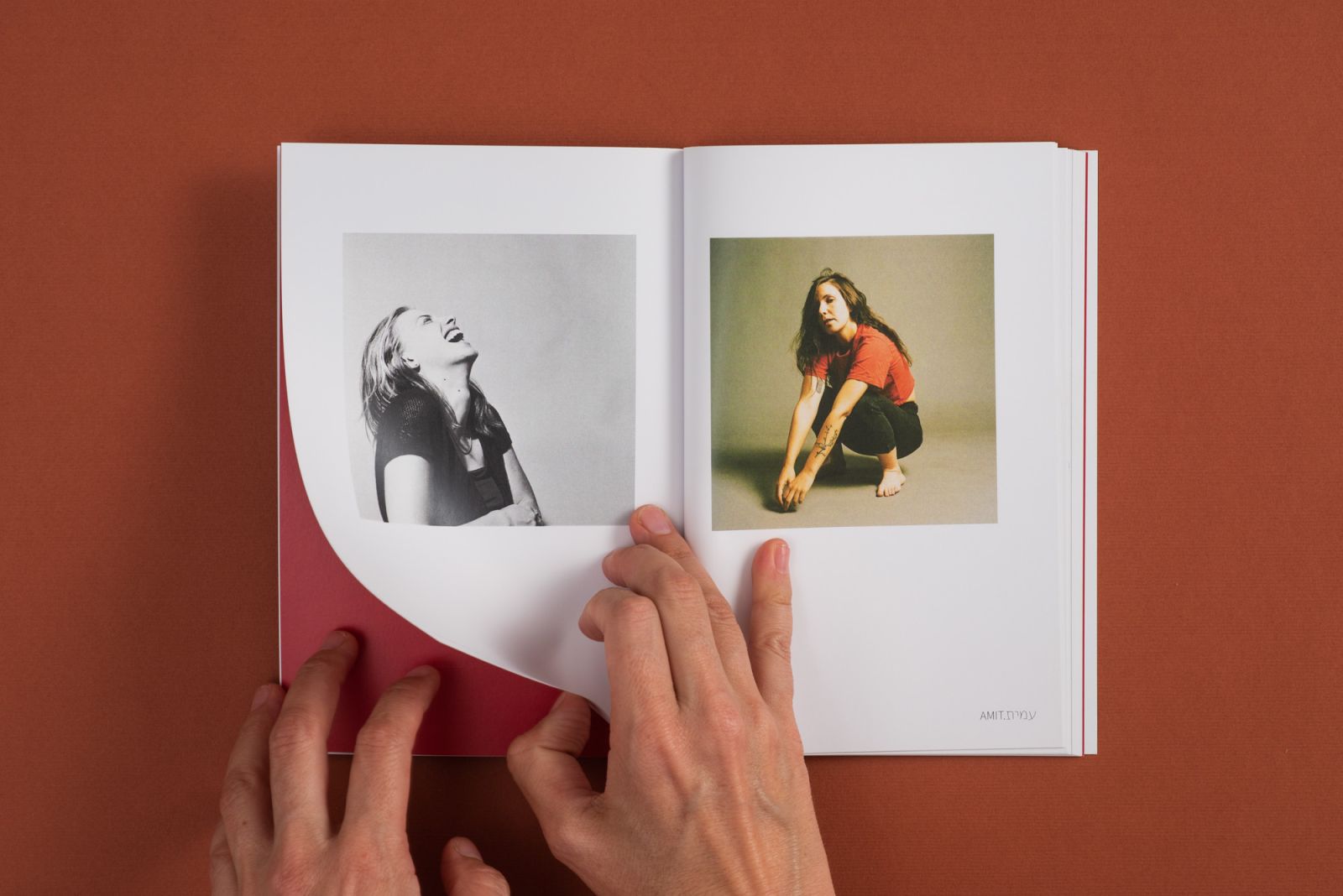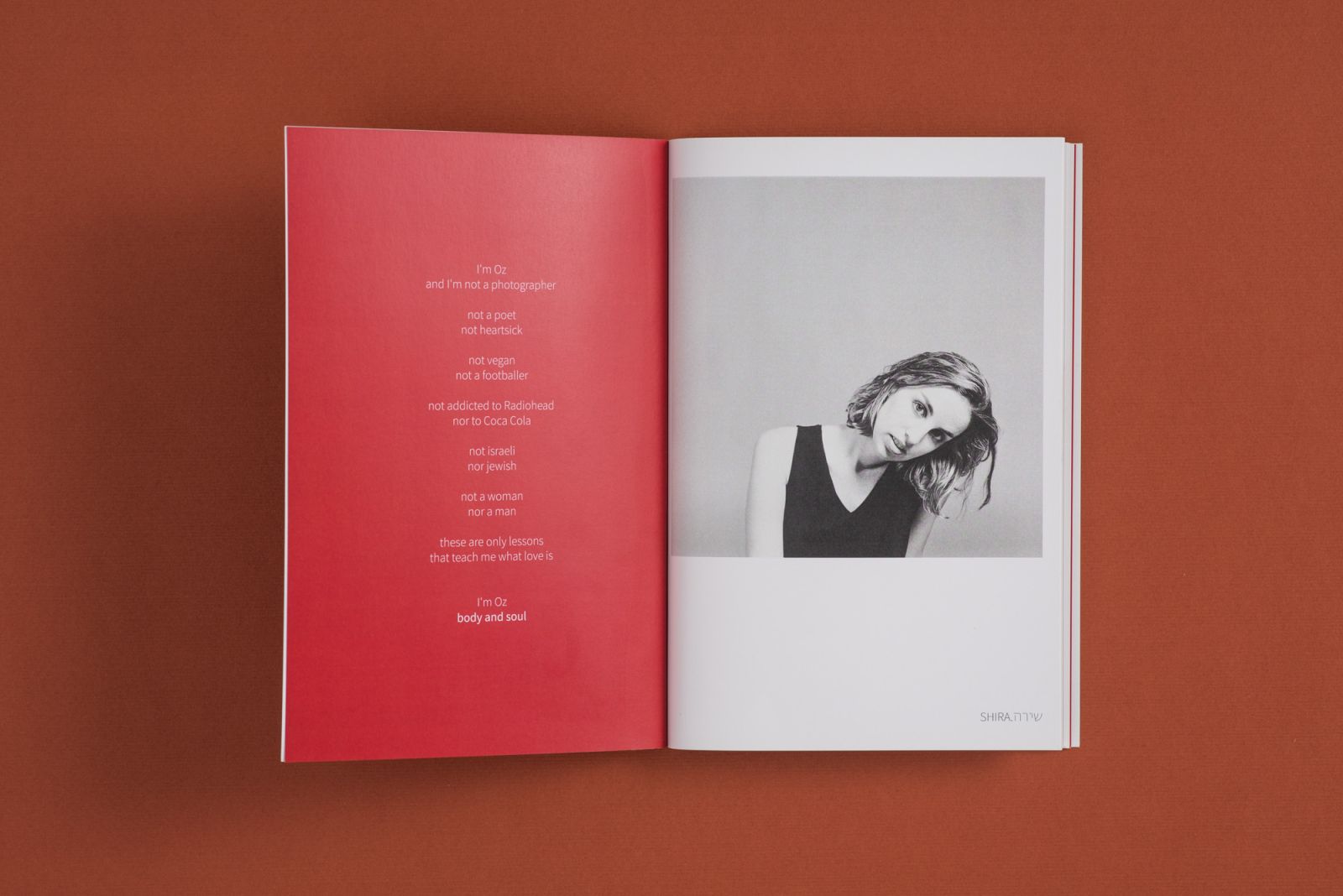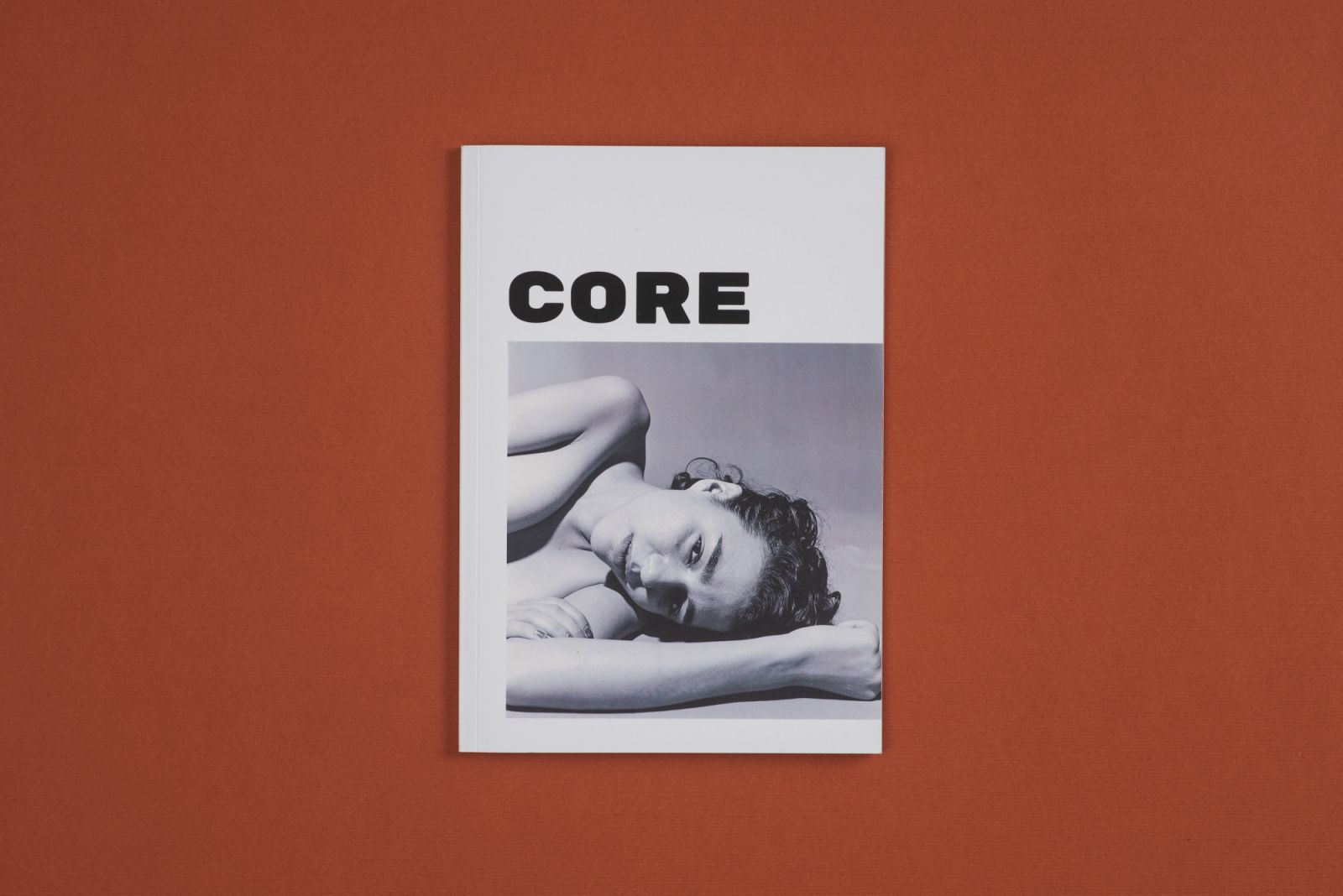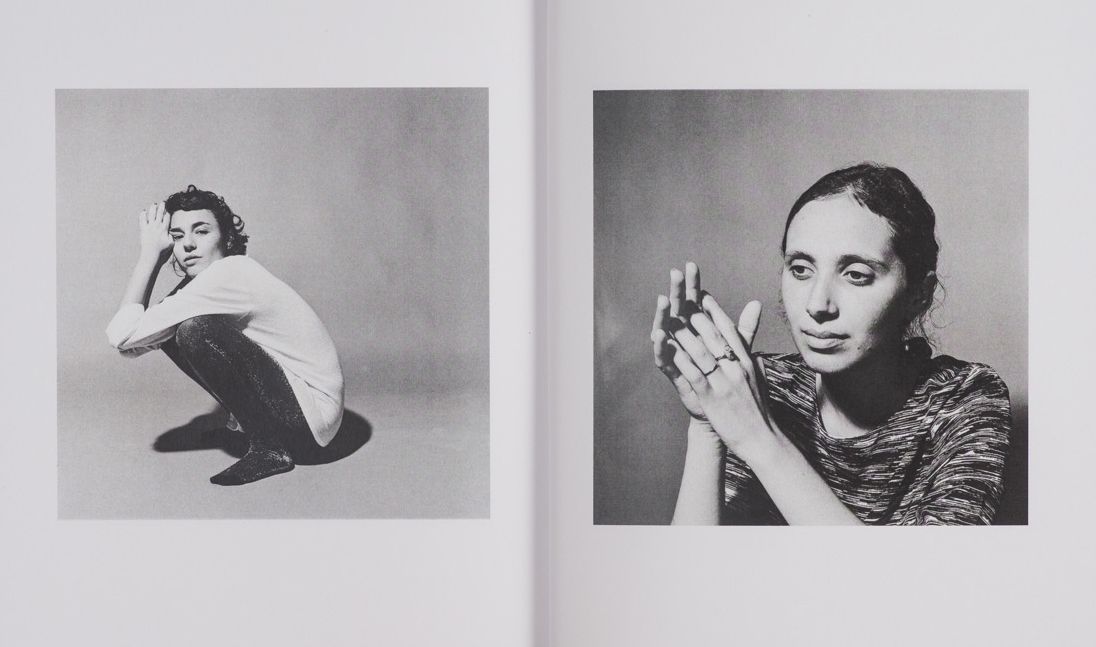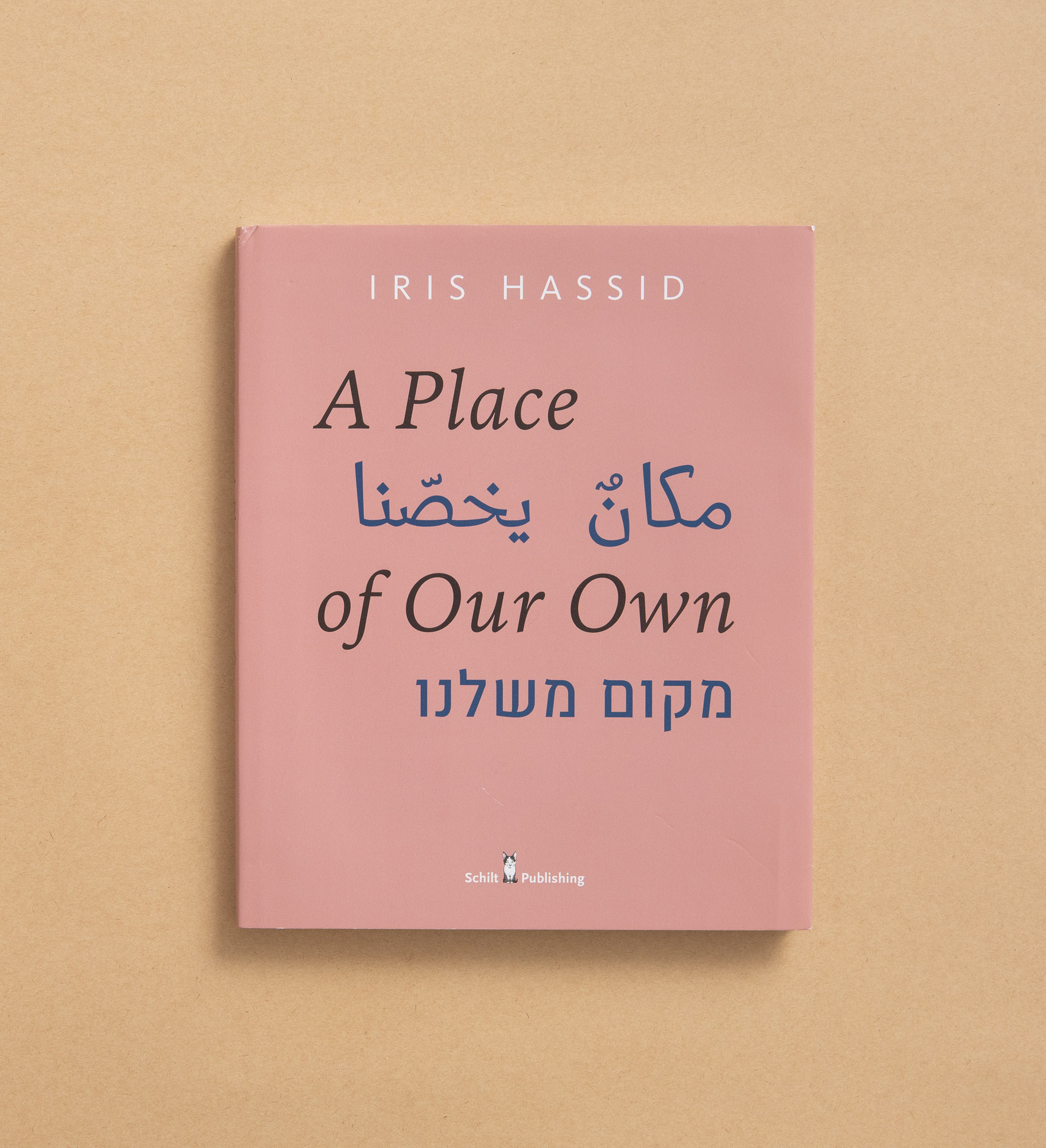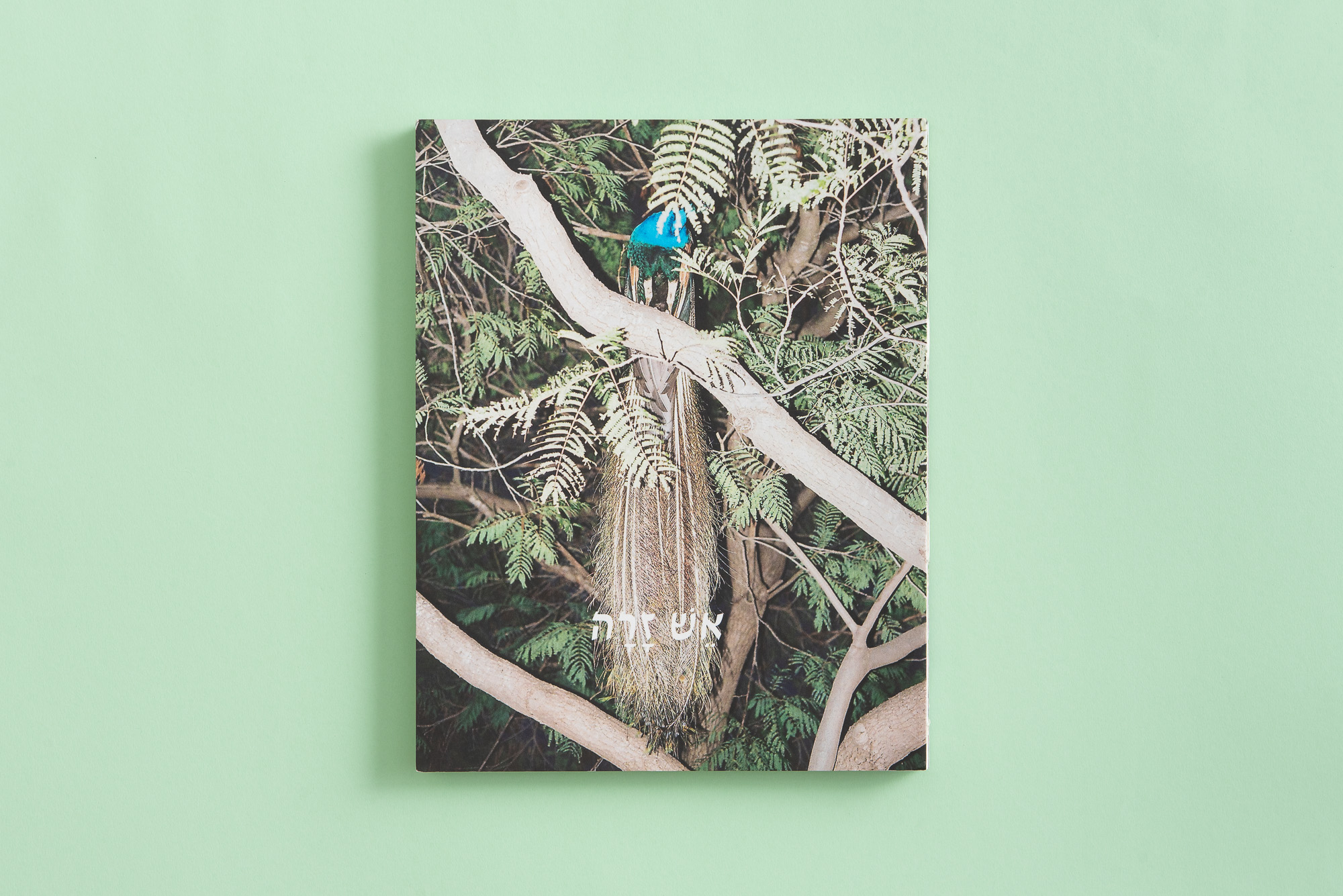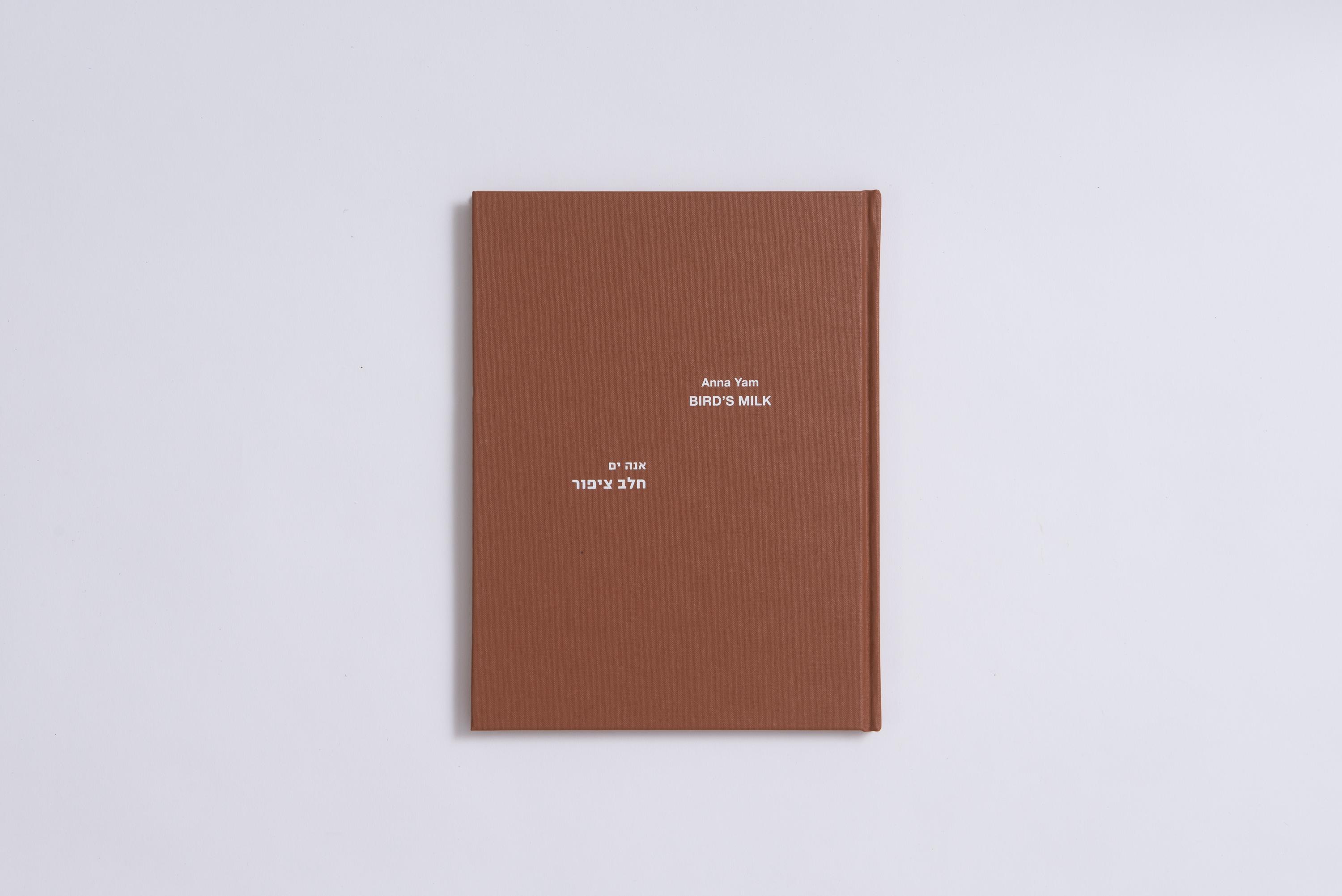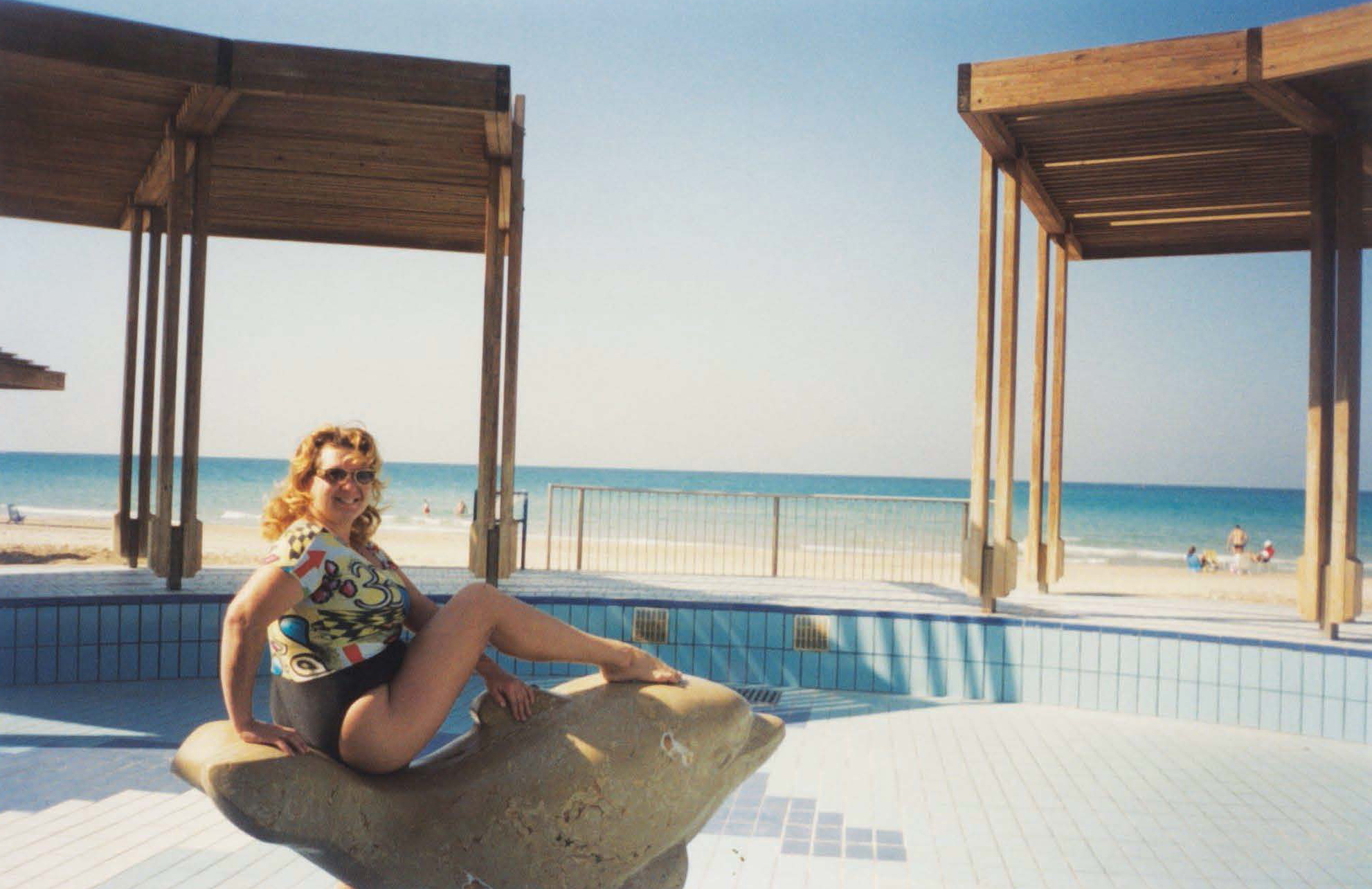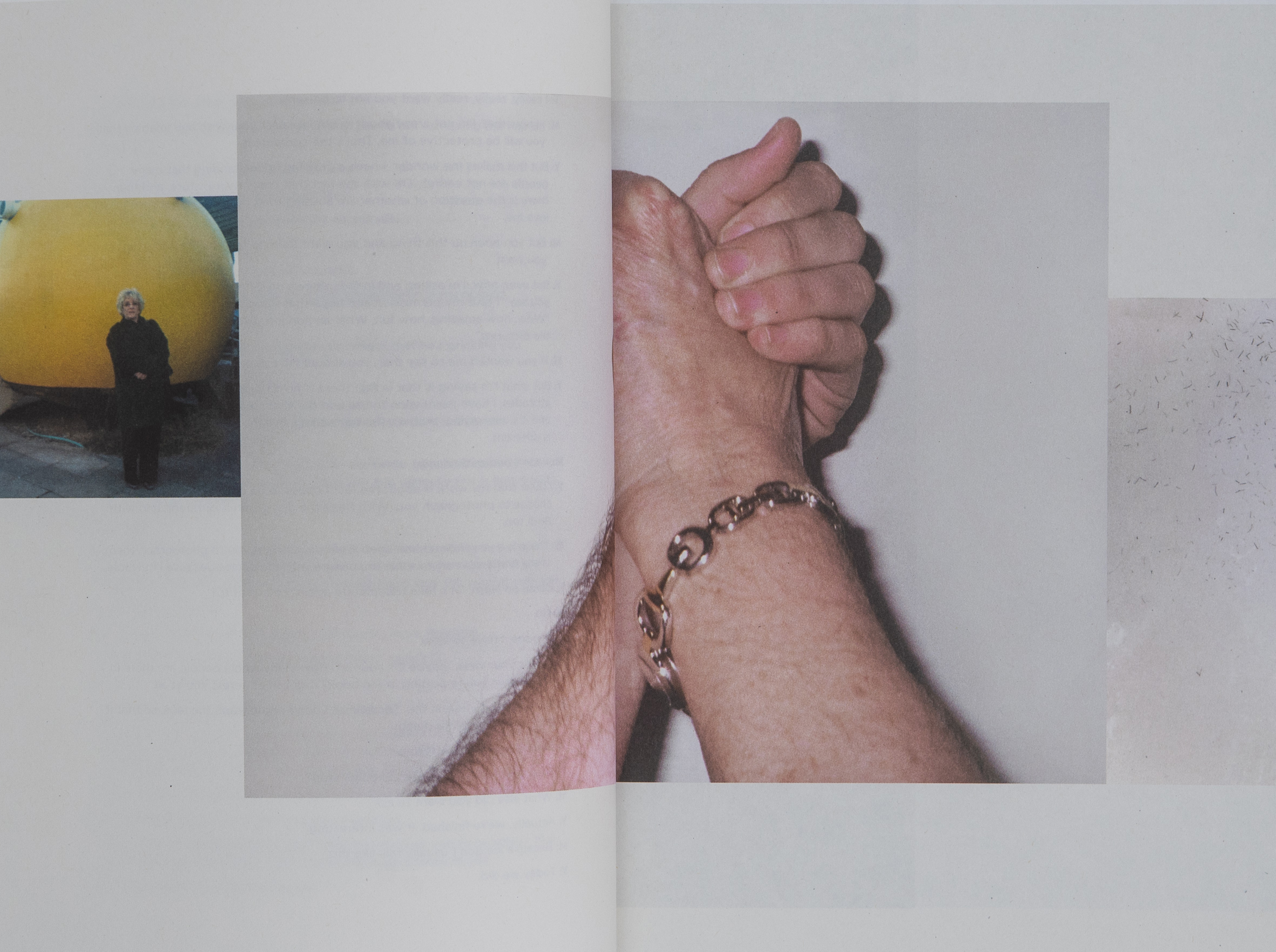How did your book come into the world?
In the case of my book, it happened when I was living with my parents in 2016–2017. I bought some equipment and turned the living room of their house into a studio. I wanted to practice flash photography, so I posted a few of my photographs on Facebook and invited people to come by and have their portraits taken. Except for one man, all the responses I received were from women. After a few sessions, I purchased a Bronica 6 X 6 film camera, which I love and use to this day, and decided to shoot all these portraits on film. It was a dream of mine to shoot studio flash photos on film.
What is it like for you, as a man in our day and age, to photograph women?
It was clear to me that I would spend the first hour of every session sitting down and talking with the women. I wanted the portraits to be very personal. The conversations flowed to very personal details, and of course, from my side too. I feel that the photographs are very honest thanks to those conversations. There were some models who cried on the set, they allowed themselves and me to be wholly present. I am extremely glad to say that all of them put their trust in me.
Those were moments of sheer grace. I’m even tempted to call it a form of phototherapy. All the models came to the studio from far away, to a house where we were alone. The house is located in an area with bad cellular reception and is quite secluded. It’s kind of cut off from reality. There was an atmosphere there that enabled us to forget everything, to forget ourselves, and simply dive in. After I shot the portraits of 10 different women, I understood that a project was emerging. I don’t know if it would have been possible to carry out the same project in a different setting.
Your book can be opened from both sides, and the cover features two women.
Yes. I selected the black and white frame first because it was stronger and like a punch in the gut. I just knew that it had to be on the cover. The contrasts between the women created the kind of harmony I was looking for in the book.
When I leafed through your book I was reminded of a remark I heard once, that, “One can’t really love photography, but one can love photographs.”
I definitely work from love, but the key word for me is vulnerability. It’s a word that has been with me for a long time until I finally had to tell myself: “Stop. Most people don’t understand vulnerability in the same way that you do.” So yes, love is the motivation.
This also has to do with the book’s title, right?
Yes. As I understood that I was creating a project, I realized I was trying to peel off layers, and that always has to do with soul-searching and honesty. I came up with the English title “Core,” which I find a beautiful word. Later I came up with the Hebrew translation, pronounced: “li-bah”. A friend pointed out to me that iwhen spelled this way in Hebrew, the title also means “her heart.” I was so moved that now I prefer the Hebrew title to the English.
I have a long history with the English language. I lived in the United States for four years when I was a child. I don’t remember anything about that experience, but when I journal every day I do it in English, it’s just easier for me to write in this language. I’m not fluent, but somehow when I write in Hebrew I feel that I can easily try to outsmart myself, whereas in English everything is more straightforward. I make many mistakes and sound quite off, but they’re my mistakes and I embrace them. It was important for me to create the book in both languages.
At the center of the book, readers can find two texts facing each other, one in Hebrew and the other in English. I enjoyed the fact that the two texts respond to one another and are not literal translations. Did the texts come about as a result of your encounters with the women you photographed?
Not exactly then, but they were written in that period when the photos were taken. I really like to write and experiment with various forms of writing. Unlike photography, of which I’m a heavy consumer, I don’t read a lot of poetry and I am not familiar with the rules of writing. Therefore, the texts come out of me unmediated. I don’t show them to anyone, so I don’t feel the pressure of anticipating readers’ responses. Writing is almost more authentic for me than photography. If I think about writing in comparison to photography, then for me, writing can be more self-revealing than showing my photographs.
After I had decided to create an artist book, I started leafing through my journal and reading over the texts I wrote there. I didn’t want to overdo it, hence the decision to include only two texts. I like having text alongside a photo, and even if people won’t stop and read it, it’s important for me to know that it’s there.
Did you experience any disappointment or difficulty along the way while you were creating the book?
I did experience disappointment, which was also a lesson. The printing didn’t come out the way I wanted it to. I had to compromise a lot. It took me some time to let go and to tell myself that I have to accept the budget constraints. When I truly let it go, I was finally able to love the book and no longer saw the flaws or the disparity between the version I saw on the screen and the final product. It’s all about setting your ego aside. I think that the fact that there were a lot of buyers also helped me let go of my frustration and simply be happy about the book.
To cap off our conversation, creating a book is like…
I would have to take off two weeks just to think of a proper answer. I will share with you something I wrote in a Facebook post when the book had just come out: “Chances are I probably won’t have children in this life, and a book to me is like a child. I hope to deliver many more such children.”
Browsing through the images made me want physically to hold the book in my hands, which I think is something a book ought to make us feel.
Thank you!
What are your inspirations?
Obviously Richard Avedon, but also Ryan McGinley and Harley Weir.
Where can readers buy a copy of your book?
On my website.
Oz Barak (b. 1985) lives and works in Tel Aviv-Yafo, Israel. Barak, a portrait and fashion photographer, studied photography at the Accademia Italiana Fashion Design and Photography School in Florence, Italy, and at Tel Aviv’s Studio Gavra School of Photography. He is the co-creator, along with Miki Levy, of the project People. Stories., which documents people and their stories on the streets of Israel.
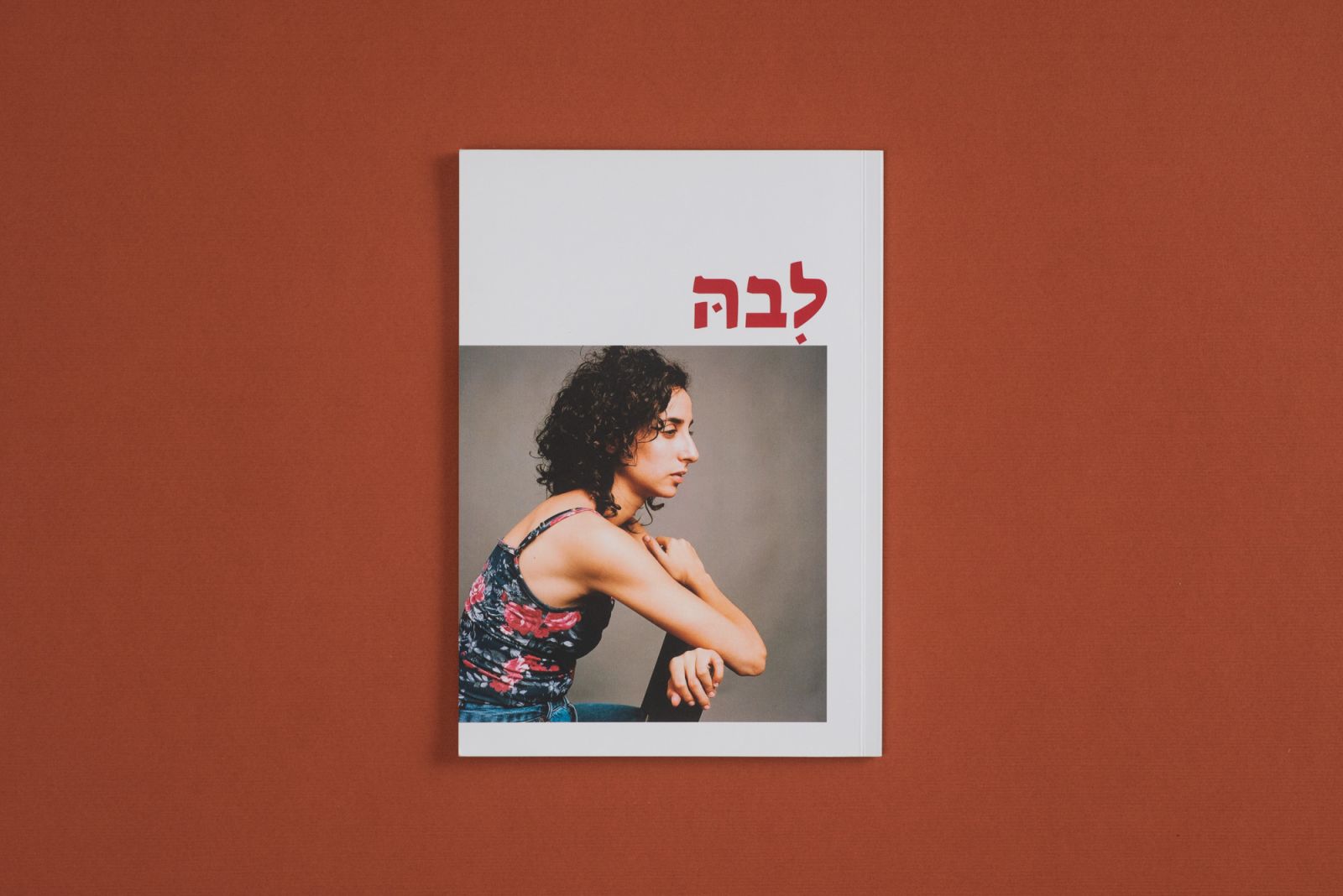
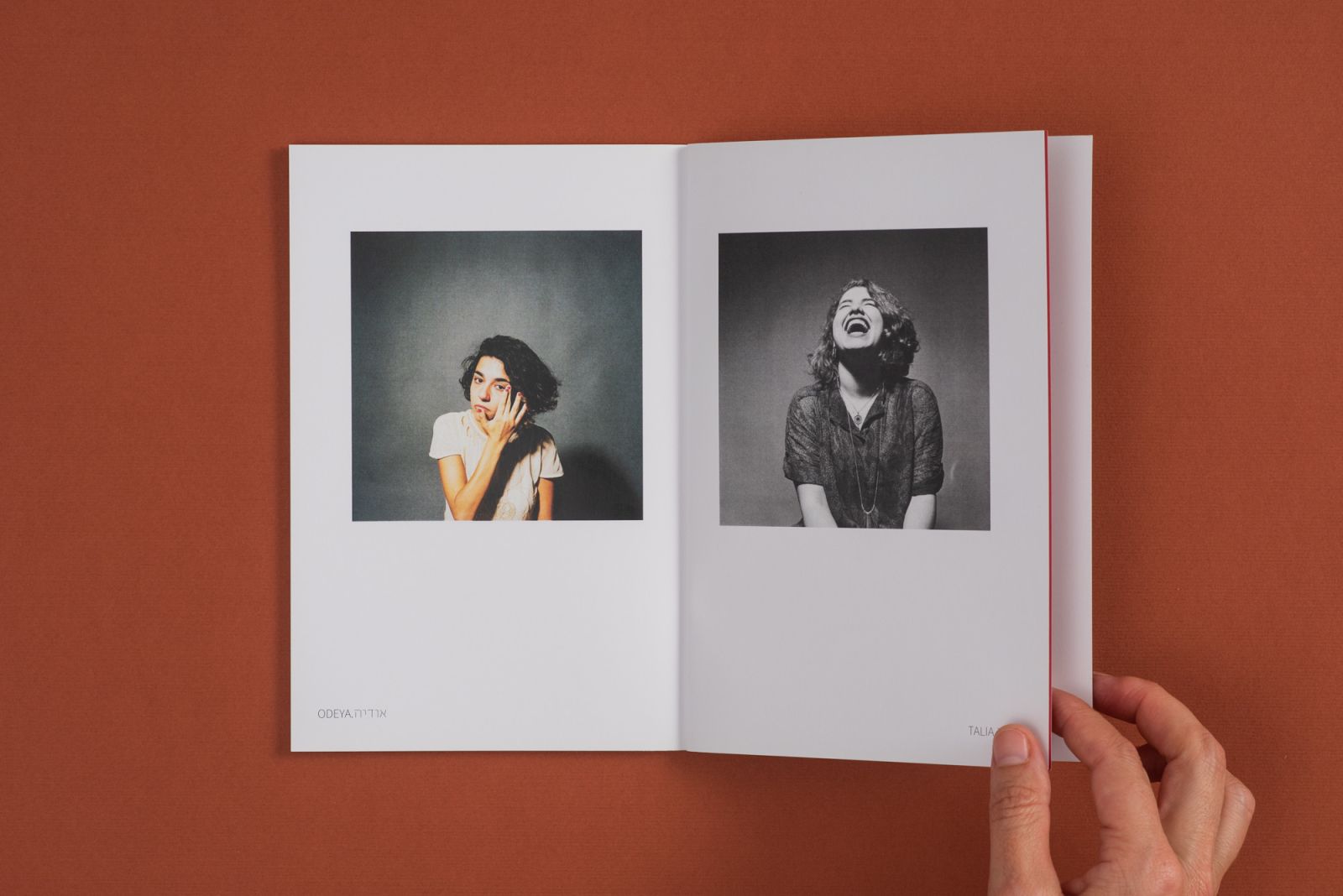
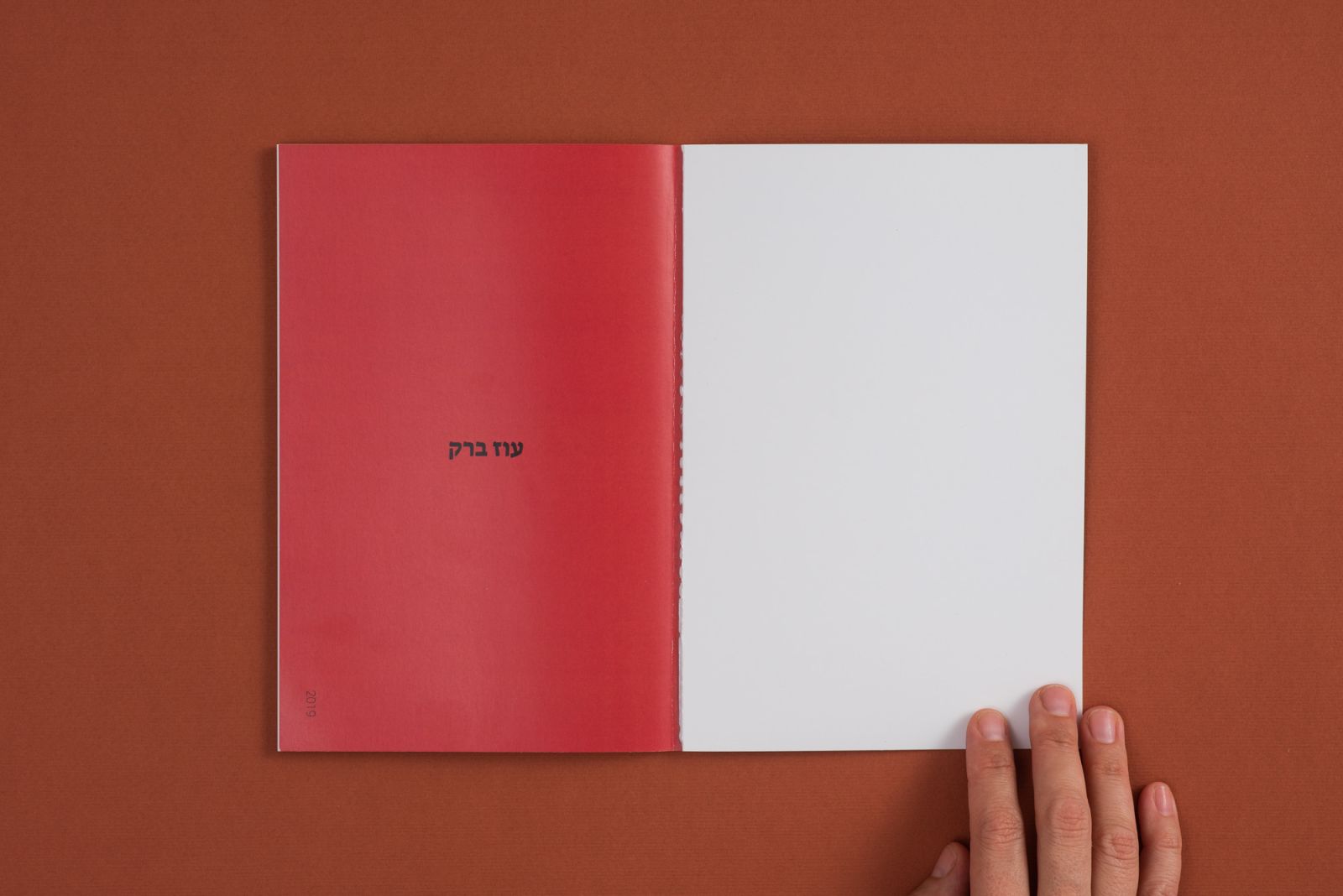
״I came up with the English title “Core,” which I find to be a beautiful word. Later I came up with the Hebrew translation, pronounced: “li-bah”. A friend pointed out to me that in Hebrew when spelled this way, the title also means “her heart.” I was so moved by that and now I prefer the Hebrew title to the English.״
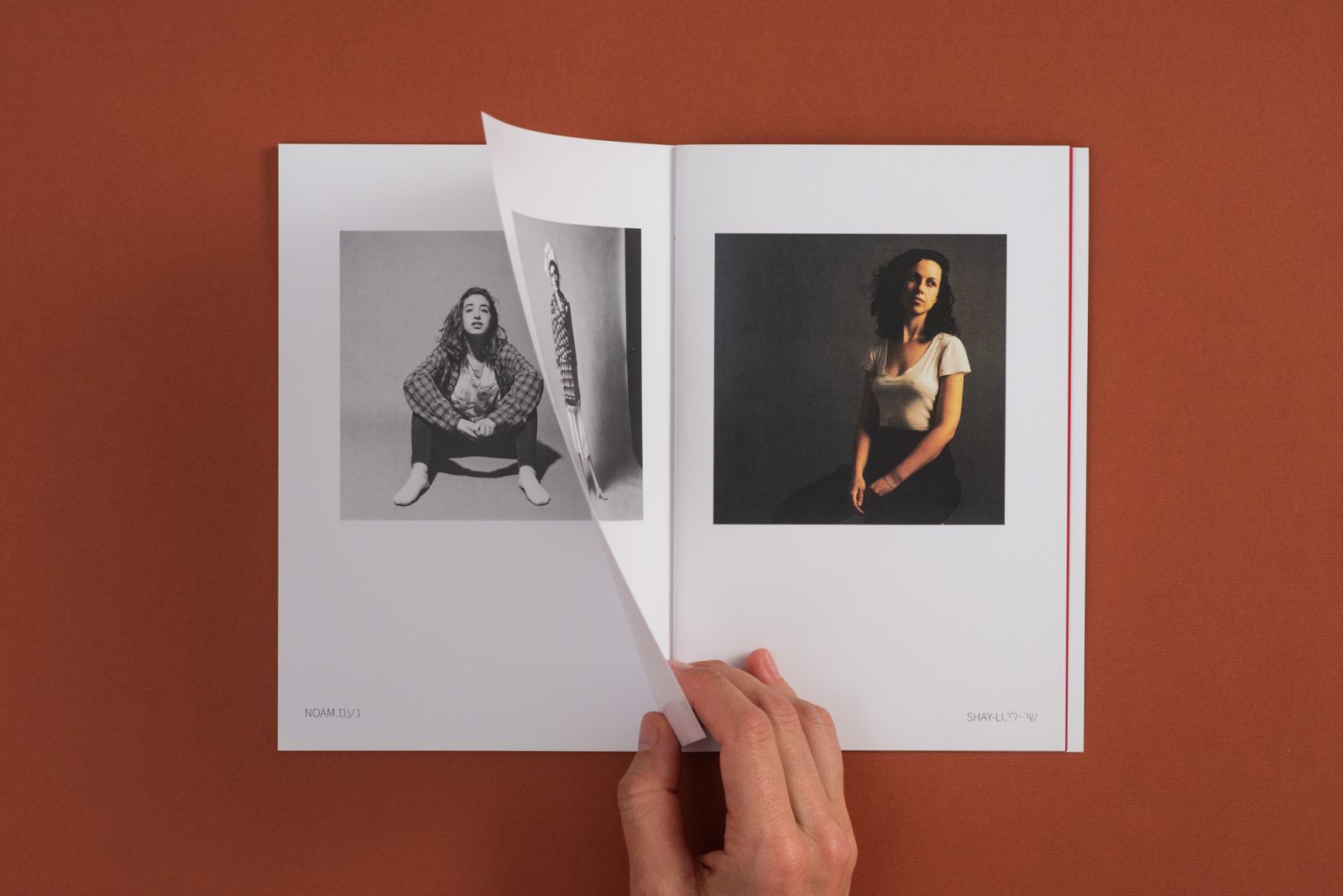
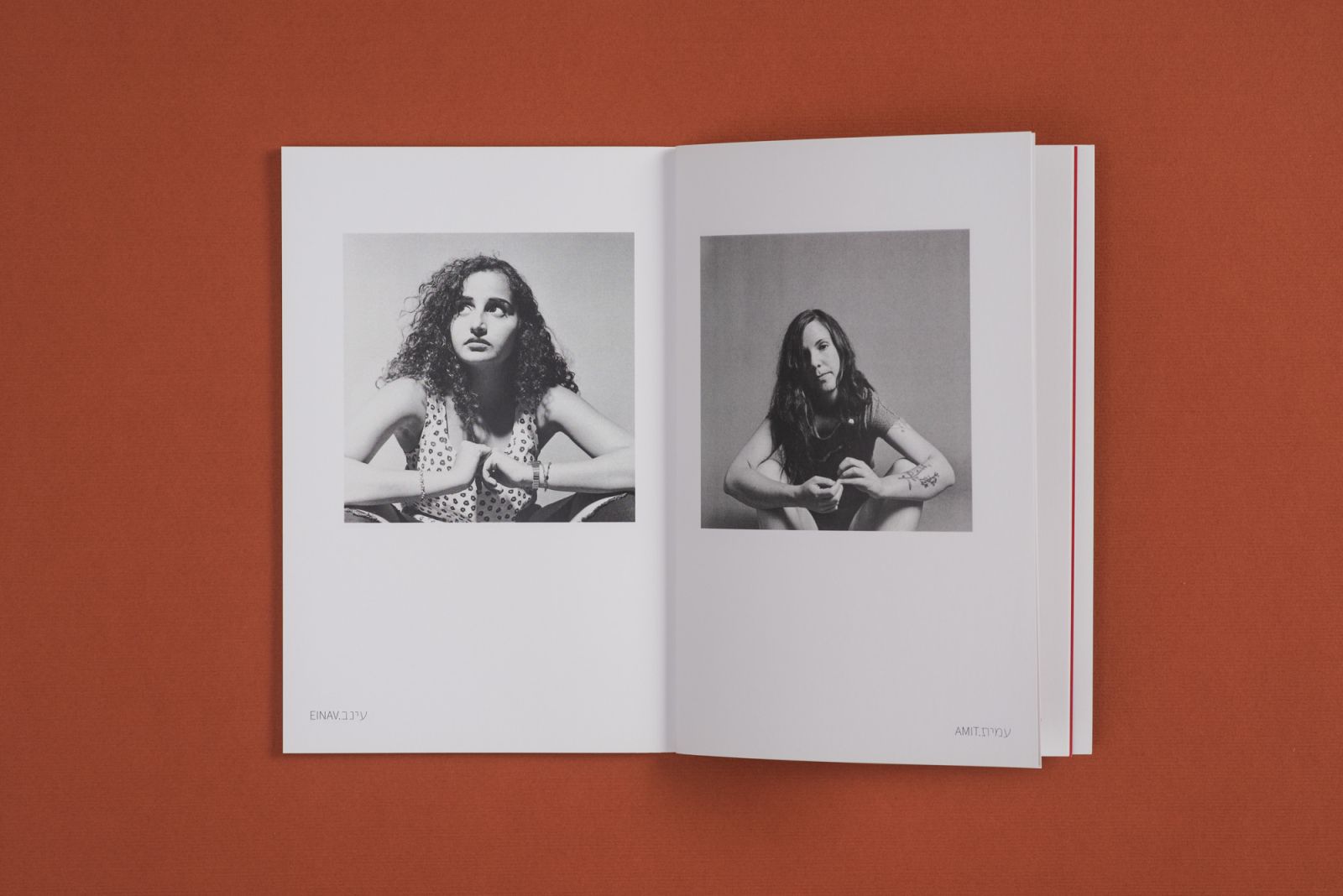
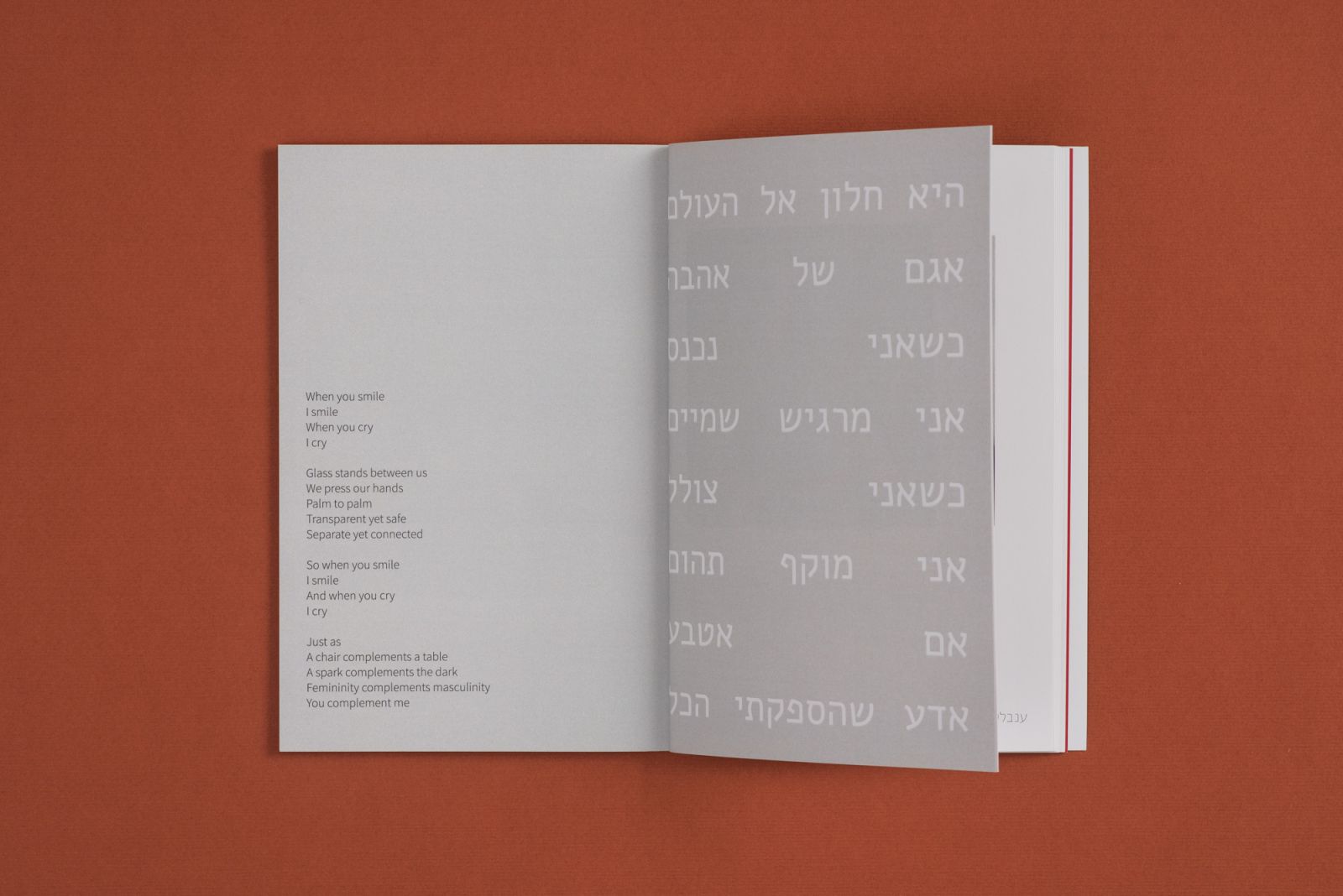
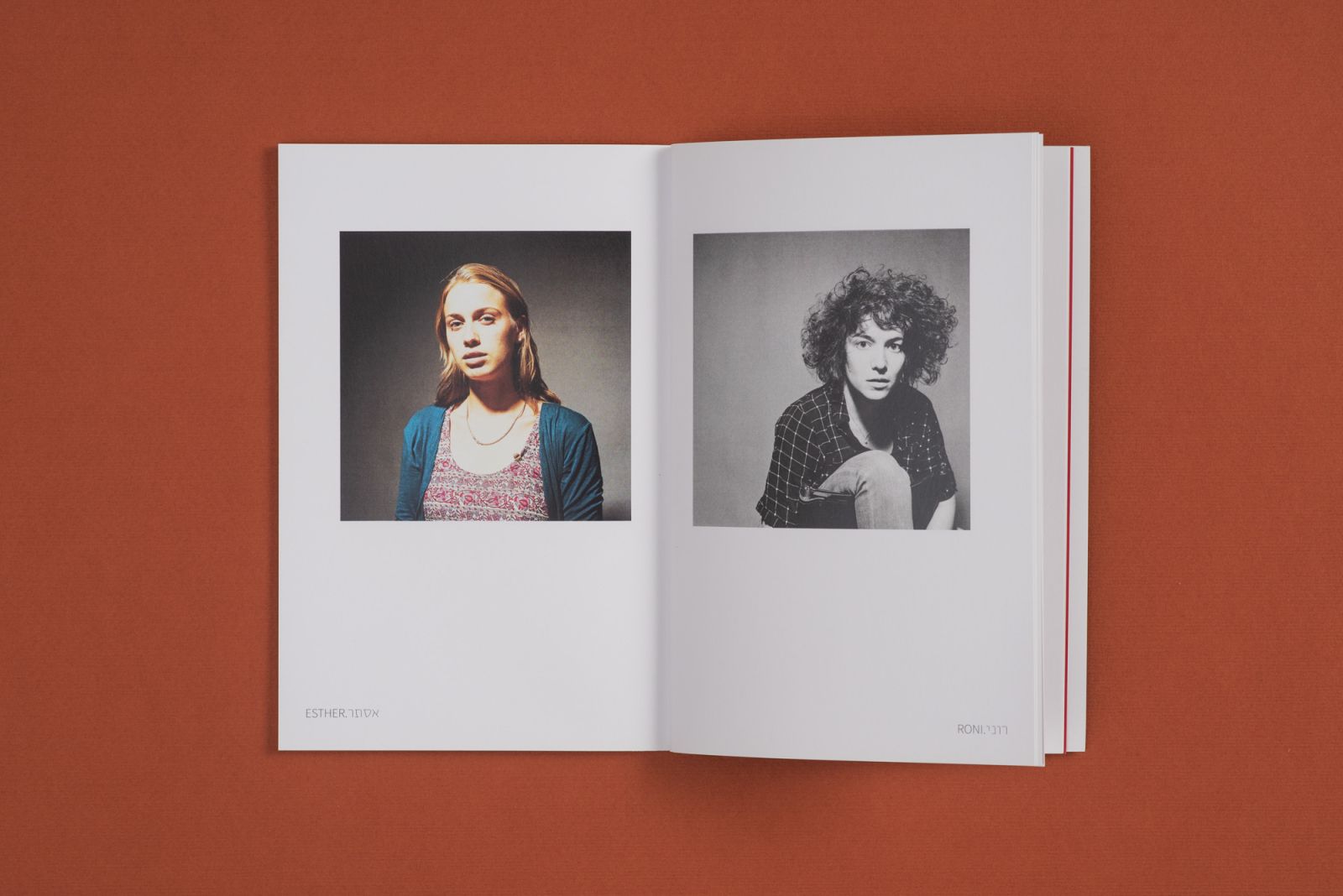
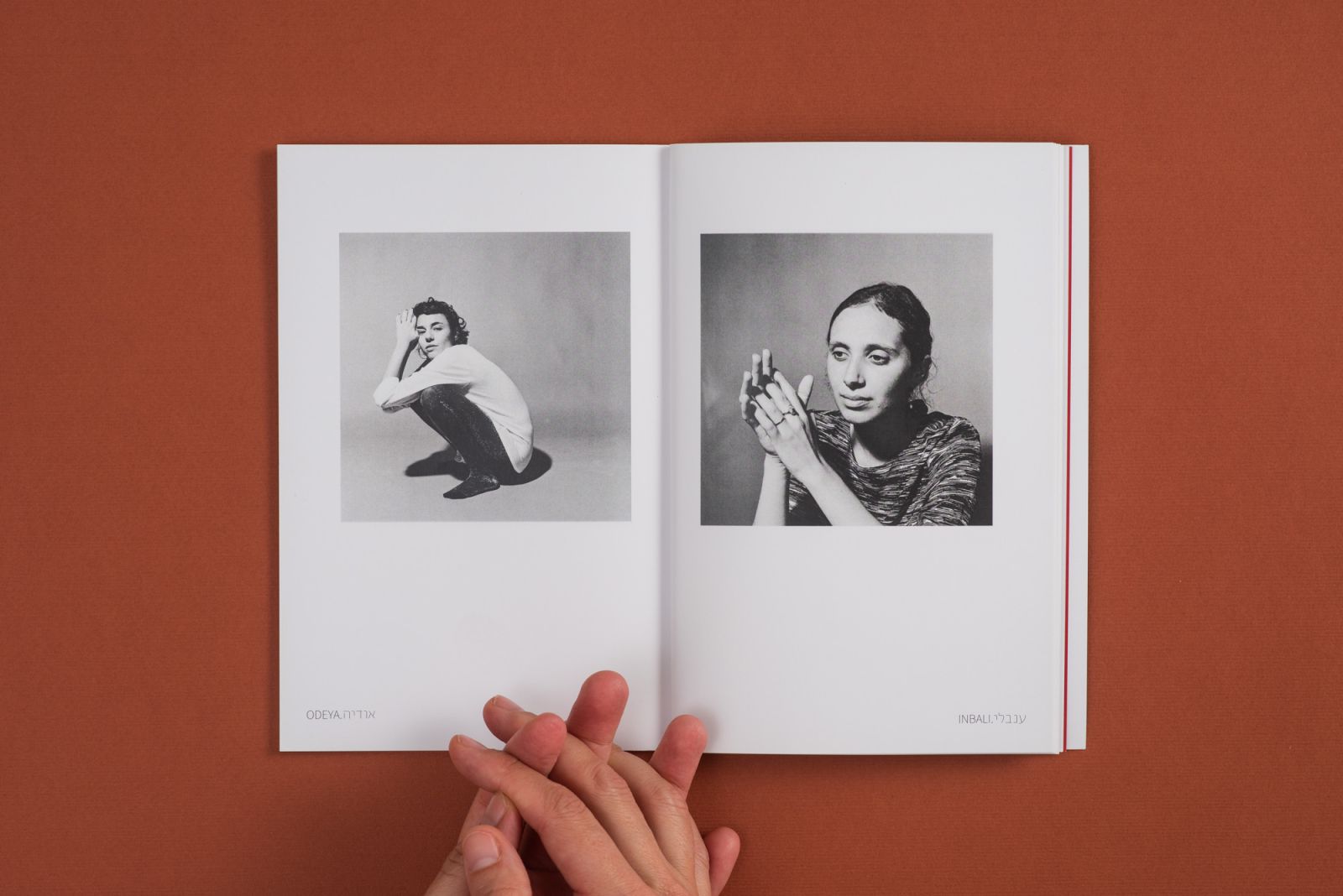
"Unlike photography, of which I’m a heavy consumer, I don’t really read a lot of poetry and I am not familiar with the rules of writing. Therefore, the texts come out of me unmediated."
